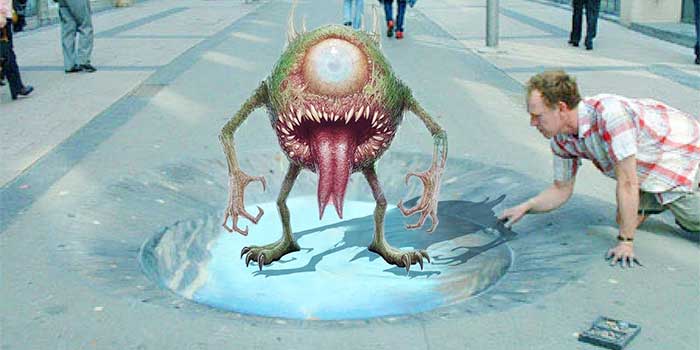[ad_1]
If you are looking for science fair project ideas, then check out one of my favorite projects: paper chromatography. Paper chromatography is a surprisingly simple way to use chemicals on a piece of paper to help analyze the origin of other chemicals. This is one of the science project ideas that many students do if they are interested in criminal justice, as chromatography is a popular way for detectives to determine what chemicals have been where, which may help them to solve some police cases.
This is also one of my favorite science fair project ideas because it costs less than $20 to do, is completely safe, can be performed using materials that you probably already have in your house, and only takes a few hours (if even). Therefore, this is a rather easy project that is completely interesting too! Here’s what you need to know in order to create your own paper chromatography project:
Objective:
The goal of this project is to analyze what ink chemicals are used in a permanent marker.
Introduction:
In order to understand the background of this project, you may want to read a more in-depth introduction into chromatography basics. Basically, what you need to know in order to create the introduction is that chromatography is a chemistry experiment that uses the law of attraction to determine what chemicals are included in a particular item. Chromatography is used to determine the origin of bloodstains and drugs regularly in police investigations (again – why this is one of my favorite science fair project ideas).
Professionals use expensive equipment to analyze the source of certain stains or liquids. However, for this project, you’ll only need a few simple materials.
Terms and Concepts:
You’ll need to understand a few terms in order to complete this project successfully. You’ll also learn more about these terms and concepts as a result of completing this experiment. Those terms and concepts include:
- Adhesive and cohesive elements
- Capillary action
- Mobile and stationary phases
- Hydrophobic and hydrophilic chemicals
- Values
- Chromatography
- Solvents and solutions
Questions You’ll Uncover:
Either before or during your experiment, you’ll learn the answers to some important questions, including:
- Why don’t all chemicals react in the same way when they interact with paper?
- Why do people use chromatography?
- How does the way a compound reacts determine its exact chemical type?
Materials You’ll Need:
Again, this is one of my favorite science fair project ideas because everything you need is probably already in your house. Here’s your list:
- Water
- 15 strips of paper (should be the same size). If you can find laboratory paper or chromatography paper, use it. You may also be able to use other types of paper.
- Ruler
- Tape
- Pencils
- 3 types of black ink markers. One should be permanent.
- A wide-mouth jar (this will hold the solvent)
Procedure:
Once you have your materials together, you’re ready to begin. Here is the 10 step procedure you should use:
- Cut the paper into one-inch by four-inch strips.
- Draw a horizontal line across the paper 2 inches from the bottom.
- Pour enough water into your jar so that you can hang the paper from the top of the jar and just the tip of the water touches the paper.
- Using the first of three markets, make a small dot on the line.
- Label the strip with a pencil to describe what the marker is.
- Tape your paper to a pencil and place the pencil across the jar so that the paper hangs into the jar, just slightly touches the water.
- Wait for the paper to absorb the water until the water is almost at the top of the paper.
- Mark how far the water rose up the paper.
- Measure how far the water and the ink traveled on the paper. Calculate the values. Keep in mind that some of the markers might have ink that doesn’t move.
- Repeat five times for all markers.
This is one of the best science project ideas because it really helps to show how chromatography works. Be sure to do your own research into chromatography before beginning the experiment in order to have an in-depth understanding of what you’re seeing!
If you’re ready to get going with your science project, your next step is to download a free copy of “Easy Steps to Award-Winning Science Fair Projects” from the link below right now.
[ad_2]
Source

